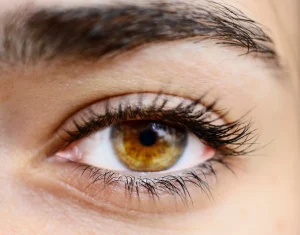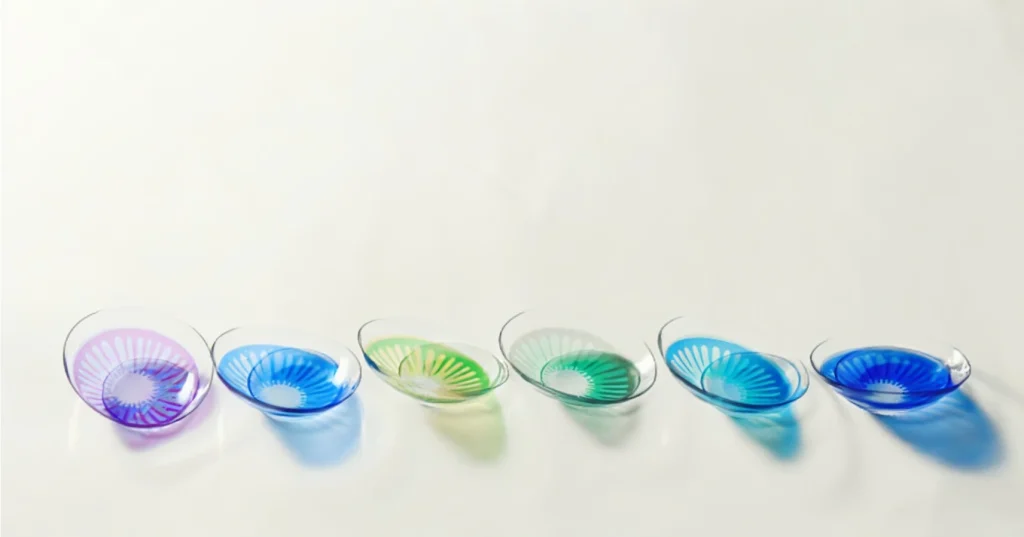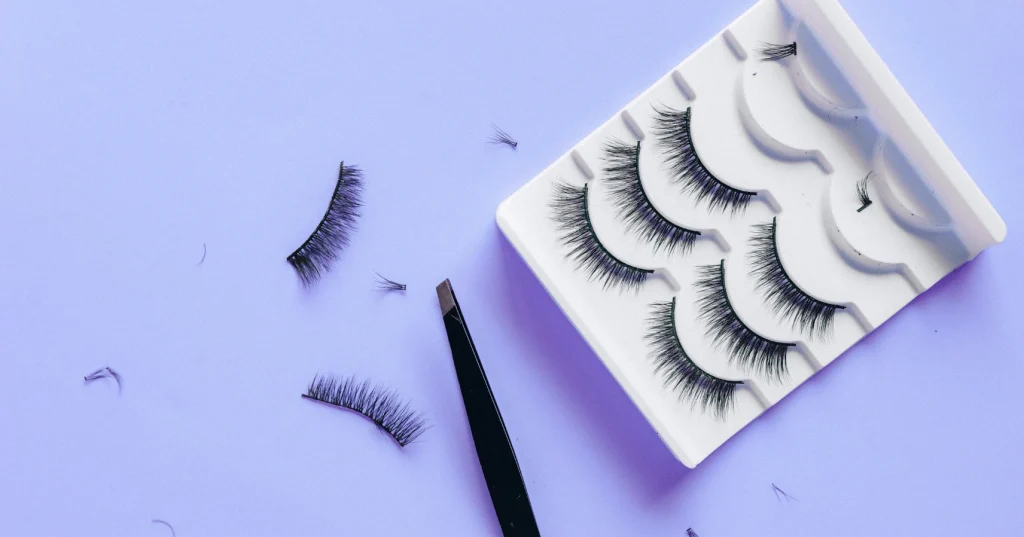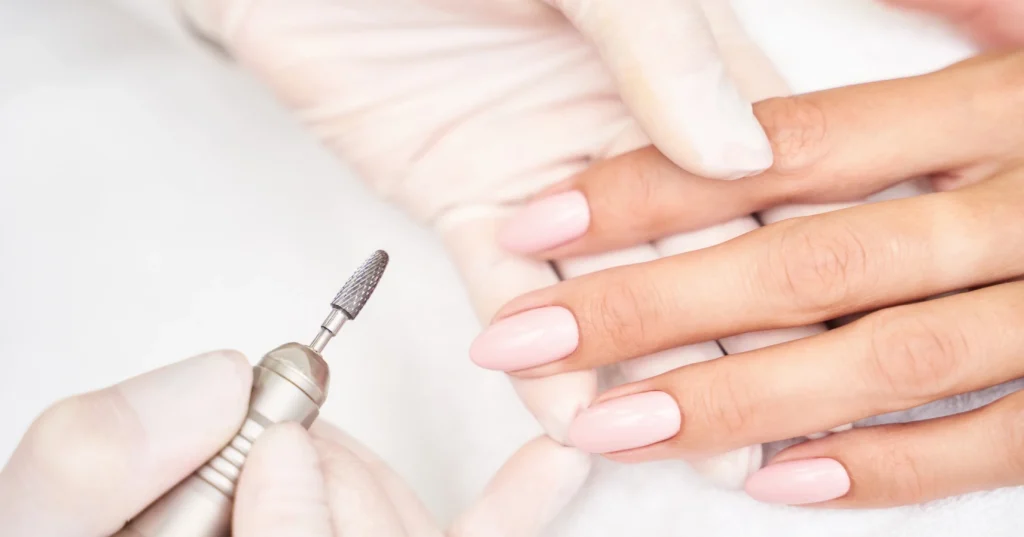Step into the world of fashion-forward eye color: uncover why color contact lenses are a rising beauty accessory, which brands lead the way, how much the market is growing, and key safety pointers before importing. Explore the rise of color contact lenses as a fashion-forward accessory—learn trends, top brands, market data, style tips & essential safety info before importing
Why Color Contact Lenses Are Big in Fashion
Over the past decade, color contact lenses have moved beyond vision correction—they’ve become creative accessories for self-expression. Influencers, cosplayers, and runway stylists embrace bold and subtle eye color changes to match makeup looks, outfits, or event themes. Soft hues, dramatic contrast, and crystal-clear tones are now fashion staples.
📈 Market Growth Highlights
The global color contact lens market was valued at approximately USD 4.76 billion in 2024 and is expected to soar to about USD 16.2 billion by 2034, growing at a CAGR of ~13%. Regional forecasts echo strong momentum: the U.S. market exceeded USD 3.09 billion in 2024 and is projected to exceed USD 4.6 billion by 2033; Europe alone generated about USD 5.99 billion in 2024, expected to grow at 7.6% annually through 2030.
🎨 Top Color Lens Brands & Styles
Brand leaders blend vision correction with aesthetic variety:
- FreshLook® ColorBlends (Alcon) — FDA-approved lenses in 12‑color range, from Sapphire to Brilliant Blue.
- Air Optix® COLORS — silicone-hydrogel (high oxygen permeability) colors in 10+ shades, popular in fashion and daily wear.
- Adore® — Italian-based with Bi‑Tone and Tri‑Tone palettes that mimic natural iris depth.
- GEO® — Korean circle lenses like Nudy Series, Magic Color, and Freshlook for a trend-hungry fashion crowd.
💵 Price Ranges & Product Types
While retail prices vary worldwide, color contact lenses typically fall into the following ranges:
| Type | Typical U.S. Price* | Frequency / Style |
|---|---|---|
| Daily** color lenses | $30–$45 per box (≤10 pairs) | Single‑use or fashion sampler sets |
| Monthly color lenses | $25–$80 per pair | Bi‑Tone or Tri‑Tone natural hues |
| Circle or fashion lenses | $20–$60 per pair | Style‑driven: big eyes, glitter, graphic shapes |
*Actual prices depend on region, import duties, and seller markup. **Some brands now offer daily disposable color lines.
👥 Who Wears Them & Why
- Age: Most popular among Gen Z and Millennials (18–35), with casual and festival wear being key use cases.
- Gender & Identity: While mostly used by women, color lenses are increasingly adopted by drag, alternative fashion, and gender-inclusive aesthetics.
- Occasions: Social media (TikTok, Instagram), cosplay, seasonal events, editorial shoots—and even low-risk daily use for subtle enhancement.
⚠️ Safety Concerns & Side Effects
Even cosmetic color lenses are considered medical devices under U.S. and EU law and must be dispensed only with a valid prescription. Purchasing from unauthorized vendors—even if cheap—can lead to serious risks. 
- Sleeping in lenses, improper cleaning, or exposure to tap water significantly increases the risk of corneal infections, including ulcerative keratitis and Acanthamoeba.
- Ill-fitting or low‑oxygen lenses can cause eye irritation, redness, blurred vision, corneal abrasion, or hypoxia.
- Cosmetic lenses use color additives approved under strict FDA regulations. Some dyes and inks must pass special sensitization and ocular safety testing.
- Allergic reactions, dry eye, or poor vision correction may occur if lenses are shared, misused, or reused beyond indicated replacement schedule.
| Requirement | U.S. (FDA) | E.U. (EU MDR / CE) |
|---|---|---|
| Fixed color approvals | FDA 510(k) review for each lens family (e.g. all 12 ColorBlends shades) | CE marking for the entire lens model/design—not per shade |
| Shade names / numbers | Listed in FDA clearance documents (e.g. Sapphire, Green, Hazel…) | Brand-specific; no public EU database of shade names |
| Color additives | Must use FDA‑listed dyes under 21 CFR Part 74 or 73 | Dyes must comply with Annex IV of EU Cosmetics Reg. 1223/2009 (permissible for eye-area use) but color approval is part of device safety verification |
| Regulatory scope | Lens clearance applies to correction & cosmetic lenses | Annex XVI of EU MDR 2017/745 covers all color/decorative contact lenses—even non-prescription ones—requiring CE certification by ISO 13485/QMS audits, technical files, and performance testing |
🛠 Tips for Safe Use & Compliance
- Always require a prescription—even for plano (non-vision) lenses; in the EU, CE marking for medical devices is mandatory.
- Order from authorized importers who provide batch codes, sterility certificates, and after-sales care instructions.
- Strict hygiene: wash hands before handling, sanitize lens case every three months, never rinse lenses with tap water, and never sleep or shower with lenses on.
- Follow the recommended wear schedule (daily, monthly, etc.) and replace lenses promptly. Use only approved multipurpose or hydrogen‑peroxide solutions.
- Immediately remove lenses and seek eye care assessment if you experience discomfort, eye redness, blurred vision, light sensitivity, or discharge.
- Schedule annual eye exams or more frequently as advised—especially during your first month of wear.
Final Thoughts
Color contact lenses are no longer mere vision aids—they’re powerful tools of fashion and identity. With rising global demand, especially among younger consumers, there’s a clear opportunity for importers to bring curated, safe, and stylish color lens lines to market. Offer fashion flexibility, premium quality, and strong aftercare support—and you’ll help customers feel confident, creative, and care-safe with every look.



